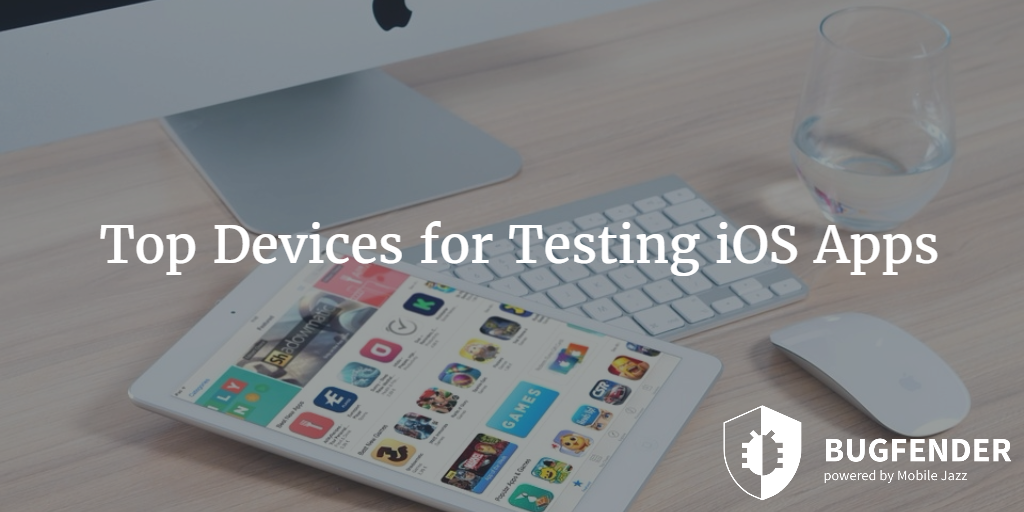
5 Minutes
Bugfender Now Offers Xamarin Support
Fix Bugs Faster! Log Collection Made Easy
Mobile app marketplace has been changed significantly in last couple of years and now users have a much narrower tolerance for errors. No doubt a well developed mobile app can help businesses engage with their customers and improve their overall satisfaction level. More and better developing tools have been launching continuously to make things easier yet the integration and compatibility of those tools matters too. For example, Android and iOS hold almost equal share in the market and companies can’t possibly one platform while focusing on the other.
However, things get tricky due to the entirely different development environment of both platforms and developers need smart solutions to develop apps for iOS and Android with the exact same features. That’s where Xamarin comes in handy. It is a cross platform developing tool that allows developers to write their apps for iOS, Android and Windows Phone simultaneously at once.
Here is a great news folks! Bugfender now offers Xamarin support and developers who are using Xamarin platform for developing iOS and Android apps can now integrate Bugfender within their apps to get remote logs. Here are full instructions on how you can integrate Bugfender code in your iOS or Android app using Xamarin.
Xamarin is owned by Microsoft and the company founded just 5 years ago. According to a report published in May 2015, Xamarin has around 1 million users in more than 120 countries in the world. Developers can write their apps in C# and develop variations of their apps for Android, iOS and Windows Phone platforms. Like every other developing tool available today, Xamarin has some pros and cons that you should consider.
Pros of Using Xamarin for Android and iOS App Development
Following are some of the pros of using Xamarin for mobile app development.
One Solution for All Development Needs
That’s the main advantage of using Xamarin for mobile app development (Android, iOS and Windows Phone). As mentioned above, Xamarin uses C# powered by .Net Framework for development and according to some close estimates developers can use up to 96% of the original source code for different platforms. Not to mention this significantly improve the development performance. The single user interface of Xamarin could be integrated with Visual Studio and it can work on Mac so developers do not have to switch development environment.
Hardware Support
Although this is an evolving process but Xamarin has come a long way in the right direction. The development tool itself helps developer remove all types of hardware issues as it prefers the dependency upon native libraries. Because of the same preference, the apps get native level app quality and functionality. Xamarin is designed in a way that is uses plug-ins and APIs to work with common features on different platforms and if needed it uses specific APIs to link with native libraries.
High Performance
Being a cross platform development tool, the performance of apps developed by Xamarin is impressive. It is generally considered that apps developed by using hybrid solutions cannot possibly deliver high performance. However, things are different with Xamarin because it delivers similar performance as Java (for Android apps) and Objective-C (for iOS apps). Not only that, but the company is continuously working on improving its development quality to match native apps. The integrated testing tools like Xamarin Test Cloud and Xamarin Test Recorder are available with an additional price tag and these tools can help in improving app quality before release.
[random-ad]
Cons of Using Xamarin for Android and iOS App Development
Following are some of the cons of using Xamarin for mobile app development.
Cost Factor
Xamarin is quite expensive from the prospect of a developer who has intention to develop a single app. The cost of business license seems significantly high for a small app; it used to be $1,000 per developer, per platform, so we can’t tell for sure, since it has recently changed to “Contact us”. So taking the old pricing scheme as a reference, it would cost you $20,000 per year to support a team of 10 developers working on Android and iOS apps.
Delayed Platform Support
Although it is not fair to declare it a disadvantage of Xamarin as third party tools cannot possibly provide support for the new releases of Android or iOS platforms immediately. It takes a reasonable amount of time to adopt those changes, implement the changes in plug-ins (or release new plug-ins) and release an update. So, while using Xamarin (or other 3rd party tools for development), expect some delays in platform support.
Small Community
Android and iOS have large communities but Xamarin doesn’t and that means it could be a nightmare to find some help from an experienced Xamarin developer. Interestingly, the number of Xamarin developers is much smaller in the big picture but Microsoft has been working on this and hopefully in near future Xamarin would hold a much bigger portion of the mobile app development society.
How Bugfender Can Affect Your App Quality and Improve Customer Satisfaction?
Bugfender is a remote logging tool that allows developers to remotely see the performance of their apps on real world devices even if they are thousands of miles away. Now, let’s see things from users’ prospective. Users are simple people and most of them do not know how an app works, how app interact with the platform etc. They just want the app to work perfectly and do what it is suppose to do.
Unfortunately, it is easier said than done. Apps are complicated and there are thousands of things that could go wrong. Of course testing processes are specifically for this purpose so any issue could be detected and fixed before releasing the app but there are so many variations of phone operating systems, models, platform versions and other factors that it is almost impossible for developers to test their apps on every one of them. Bugfender can help developers see the behavior of their apps via logs and take appropriate actions to fix the bug before users find it.
Expect The Unexpected!
Debug Faster With Bugfender



